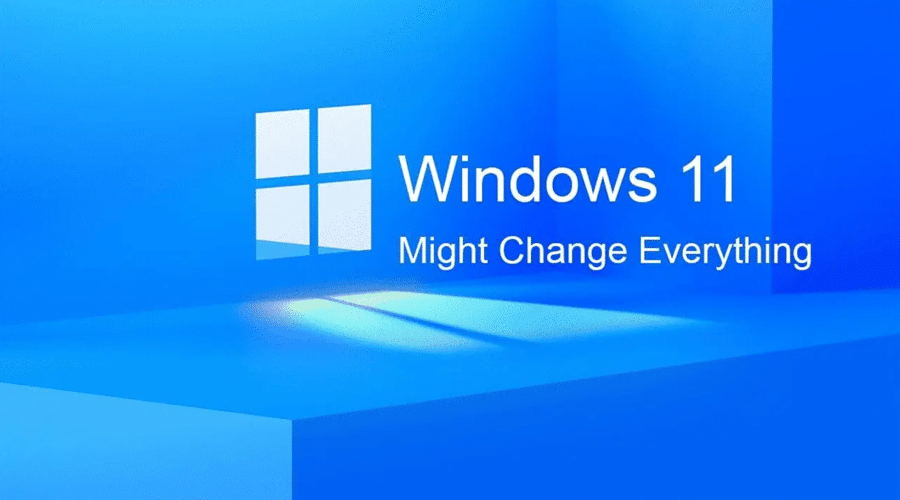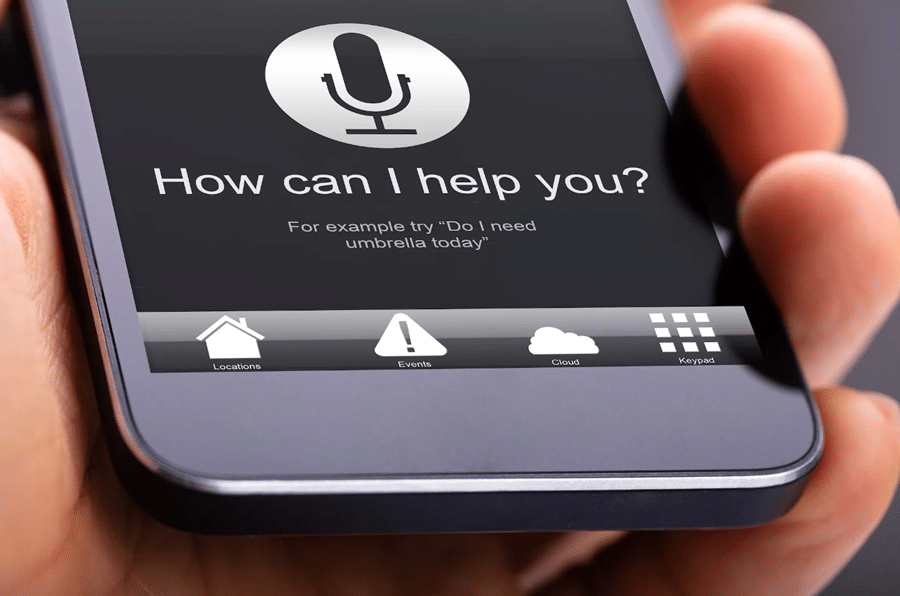Homes have become more than just places to eat, sleep, and unwind; they can now be your personal technological havens. This transformation is credited to cutting-edge smart homes, designed to embody the ultimate in comfort and convenience. This article will take a comprehensive look into these advanced smart homes, exploring their unique features, underlying technologies, user experiences, and the impressive ways they’re impacting daily life. From the astounding convenience of controlling your home via a smartphone to the unbeatable comfort of perfectly automated indoor climates, smart homes are revolutionizing modern living.
Contents
- 1 The Basics Of Smart Homes
- 2 The Technology Behind Smart Homes
- 3 Top Features Of Cutting-Edge Smart Homes
- 4 Security In Smart Homes
- 5 The Impact Of Smart Homes On Energy Efficiency
- 6 Costs And ROI Of Installing A Smart Home System
- 7 How To Convert Your Home Into A Smart Home
- 8 Cutting-Edge Smart Homes: The Future of Comfort and Convenience
The Basics Of Smart Homes

A smart home, at its most basic, is a residence equipped with lighting, heating, and a wide variety of devices that can be controlled remotely by a smartphone or computer. This concept, which once felt futuristic, is now a reality for millions. The history of smart homes traces back to the 1970s, with the emergence of X10, a protocol for home automation that used power lines for remote communication with home devices. The concept has significantly evolved over the years, adopting more sophisticated technologies to offer enhanced comfort and convenience.
Despite the range of definitions and concepts, the main elements of a smart home are interconnectedness and automation. The ability for various devices to communicate with each other and operate automatically is what truly defines a smart home. For instance, your lights turn on as you enter a room, the thermostat adjusts itself to your preferred temperature, and the coffee maker starts brewing as soon as your alarm goes off. Such seamless automation results in a dwelling that conforms to your every need, enhancing comfort and making life more convenient.
The Technology Behind Smart Homes

Smart homes rely on several key technologies that contribute significantly to the enhanced comfort and convenience they provide. The Internet of Things (IoT) is at the heart of smart homes, as it facilitates connection and communication between devices. It enables home appliances and systems to send and receive data, enabling homeowners to control them remotely. For example, a smart thermostat can learn your schedule and preferences, adjust the temperature accordingly, and can be controlled remotely, ensuring optimal comfort when you get home.
Artificial Intelligence (AI) also plays a crucial role in smart homes, adding a layer of intelligence to the automation. AI allows smart devices to learn from your habits and make decisions to enhance your comfort and convenience. For instance, AI-powered smart speakers can learn your music preferences and play songs based on your mood or time of day. This goes beyond simple automation and allows your home to anticipate your needs, creating a truly personalized and comfortable living environment.
Top Features Of Cutting-Edge Smart Homes

Today’s most advanced smart homes boast features that would have seemed unbelievable a few years ago. Home automation, for example, allows you to control almost all your home devices remotely. With a smartphone or voice command, you can adjust lighting, change the temperature, and even lock your doors. This level of control and customization enables you to create an environment that suits your exact needs, enhancing your overall comfort and convenience.
In addition, smart homes now include advanced security systems, with features such as smart locks, security cameras, and alarm systems that can be monitored and controlled remotely. These security features not only protect your home but also provide peace of mind, which is a significant aspect of comfort. You can be away from home yet still know what’s happening in real time. This level of awareness and control is part of the convenience that comes with having a cutting-edge smart home.
Security In Smart Homes

When discussing smart homes, one cannot overlook the security aspect. These homes come with advanced security features, such as smart locks and security cameras that can be monitored and controlled remotely. The integration of these technologies adds a layer of security, which in turn contributes significantly to the overall comfort of the homeowners. You can have real-time notifications about who’s at your door or be alerted if there’s unusual activity in your home while you’re away.
Moreover, the security aspect extends beyond physical security to data security as well. Cutting-edge smart homes employ robust encryption and authentication methods to protect data and maintain privacy. Many smart home devices now come with built-in security features like two-factor authentication and automatic software updates to fix any potential security flaws. The confidence that your data and privacy are protected further enhances the comfort and convenience offered by smart homes.
The Impact Of Smart Homes On Energy Efficiency

Smart homes are not just about comfort and convenience; they also contribute significantly to energy efficiency. For instance, smart thermostats can learn your routine and adjust the temperature when you’re not home, saving energy without compromising your comfort. Similarly, smart lighting systems can automatically switch off lights in unoccupied rooms, reducing unnecessary power consumption.
This level of energy efficiency does not only benefit the environment, but it also has a significant impact on utility bills. By managing energy usage more efficiently, smart homes can result in considerable cost savings over time. Moreover, the fact that you’re contributing to a more sustainable future can bring an added sense of comfort and satisfaction. Thus, energy efficiency is another way that smart homes provide both comfort and convenience.
Costs And ROI Of Installing A Smart Home System

While the initial cost of installing a smart home system can be significant, the benefits it brings, both tangible and intangible, are worth considering. It’s an investment in a more comfortable, convenient, and efficient lifestyle. You gain control over your home devices, save energy, improve security, and make daily life easier, all of which can be hard to quantify monetarily but are nonetheless valuable.
From a financial perspective, the return on investment becomes apparent over time through energy savings. By optimizing energy usage, smart homes can significantly reduce your utility bills. Plus, having a smart home can increase your property’s value, offering a potential return if you decide to sell. Therefore, when considering the cost of installing a smart home system, it’s crucial to consider both the immediate convenience and comfort improvements and the long-term financial benefits.
How To Convert Your Home Into A Smart Home

Transforming your conventional home into a smart home may seem daunting, but it’s a process that you can undertake step by step. You can start by identifying areas where automation could significantly enhance comfort and convenience. For example, installing smart lights that adjust based on natural light levels or setting up a smart thermostat for optimal temperature regulation.
Once you’ve identified the areas for improvement, you can explore different smart home products and brands that best suit your needs. Some popular brands include Amazon, Google, and Apple, which offer a wide range of smart home devices, from voice assistants to security systems. Ensure that the devices you choose are compatible with each other for seamless integration. By following these steps, you can gradually convert your home into a smart home, enhancing comfort and convenience in your daily life.
Cutting-Edge Smart Homes: The Future of Comfort and Convenience
In essence, cutting-edge smart homes represent the pinnacle of comfort and convenience in your everyday life. They provide control at your fingertips, automate mundane tasks, enhance home security, and significantly contribute to energy efficiency. As technologies such as AI and IoT continue to evolve, you can only expect smart homes to become even more sophisticated, user-friendly, and integral to your life!


